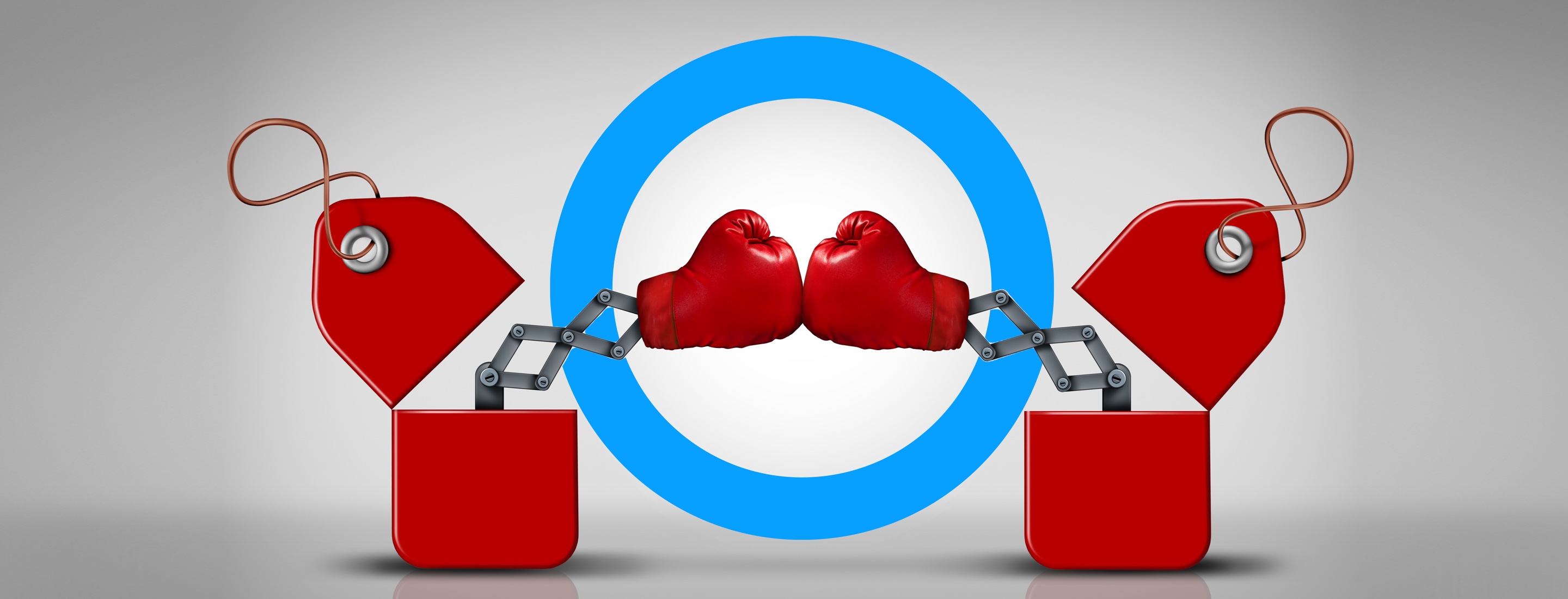What issue can we solve for you?
Type in your prompt above or try one of these suggestions
Suggested Prompt



Perspective
The Epic Battle to Own the Customer
The Epic Battle to Own the Customer
Perspectives on how retailers and consumer goods companies are shifting strategies to survive and thrive in this new world.

Commerce is undergoing an unprecedented disruption. The tried-and-true tactics that enabled companies to become the largest brands and retailers in the world are no longer working.
The incumbent “big players” are failing to create new billion-dollar brands as frequently as they once did. At the same time wholesale retailers are struggling to sell other people’s stuff and make a profit. Digital native brands are being born every day and creating a lot of buzz, but rarely achieving significant scale. Yet, consumer spending is at an all time high. So who is winning?
It may surprise you to learn that it is brick and mortar retailers, launching their “own brand” products. Take Target for example, who have launched 11 brands in the past two years, each doing at least $1 billion in business, with Good & Gather already reaching the $2 billion mark.
Similar to Target, Kroger launched its own line of organic products called Simple Truth, and when Kroger began its international expansion, it didn’t even try to open American-style grocery stores in other markets, instead they used their unique brands like Simple Truth as products in general retailers. So today, Chinese consumers can buy Kroger Simple Truth on TMall.
Returning to Target, Mark Tritton former Chief Merchant at the retailer knows a thing or two about developing successful retailer owned brands. He’s now the CEO at Bed Bath & Beyond and recently launched its own exclusive brands. Better still, Bed Bath & Beyond has now agreed to sell its owned brand products through other retailers, such as Kroger.

What makes these retailer’s owned brands successful? One word, data. While incumbent brands have typically designed new products based around focus groups of a select number of consumers, a retailer like Target has more than 2 million customer that visit it every day. This gives Target an awful lot of shopping signals from which to define new products.
Existing access to a large number of consumers also means that retailers can create new product launches that achieve commercial success much faster. Increasingly success in the commerce space is defined by who owns the relationship with the customer and who has the most customer data.
Don’t confuse these owned brands with “private label” either, which has been around for more than 100 years. At its core, private label was around offering the exact same benefits as a national brand, at a lower price point. Typically, the only marketing for these private labels was that they were on the shelf next to the popular brand.
Today’s retailer owned brands are so much more. They are unique products with their own value propositions and marketing efforts—not the me too products of the private label generation. Amazon’s owned brand “Alexa” for example, is far more than a private label blue-tooth speaker. It’s a unique product, with its own capabilities, for which Amazon has hired Anthony Hopkins, Ellen DeGeneres, Michael B. Jordon, and Harrison Ford to make SuperBowl Ads.
Clearly retailers have an early advantage thanks to their direct relationship with the customer, and their access to data. So what should incumbent brands do? Create their own relationship with the customer, of course. Enter Nike, one of the world’s most recognized brands.
Nike has started to shift away from their previous wholesale model. Direct to consumer sales accounted for just 16% of Nike’s sales in 2011, but will be over 40% of their sales in 2021. Even more importantly Nike has enticed over 100 million consumers to join it’s Nike Plus membership program driving frequent direct interactions with the brand. All of Nike’s competitors are attempting to follow suit.
In this environment, it is imperative to leverage the volume of massive new datasets and develop a first-party data strategy regardless of if you are a retailer creating a brand or a brand becoming its own retailer. Ask yourself: What value do you offer to your customers, what is it they want from you that they can’t get anywhere else? Can they see enough value to have a relationship with you?
Customer Data Platforms (CDPs) and Loyalty are two topics that must be given a priority focus in the current marketing landscape in order to future proof your business growth plan. The need to invest in a better first party data strategy is upon us, and the question to ask is what does that data strategy entail, what is the priority, and what does success look? How do you create moments that excite and delight your customers and ultimately fosters a strong foundation for future loyalty?
While Retailers and Consumer Goods companies traditionally differ in the way they operate and function, we are seeing a shift in the overall landscape where brands are becoming retailers and retailers are becoming brands. One thing is certain, the companies with the best relationships with the customers will be the ultimate winners.




